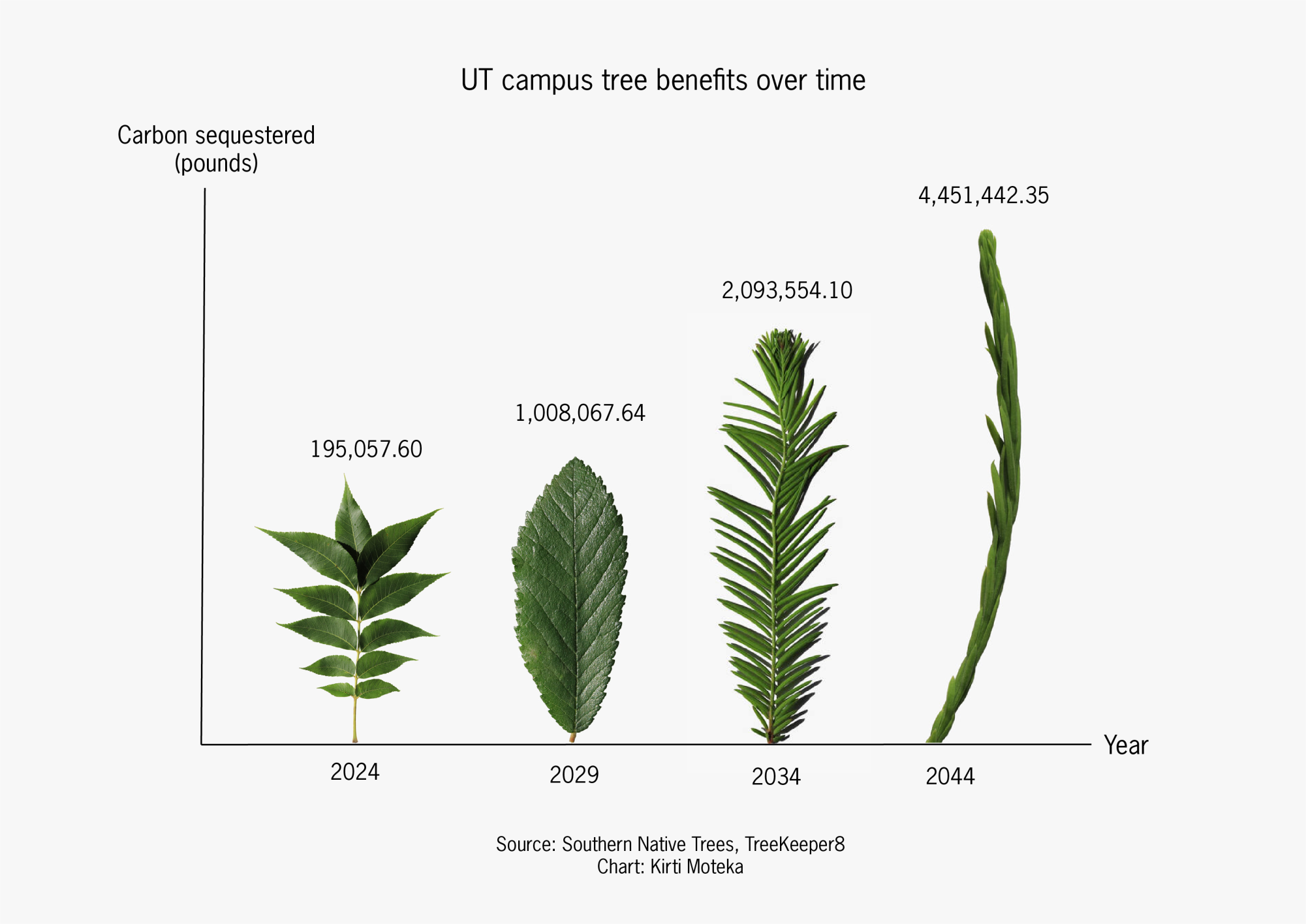Green Campus Revolution: How Trees Are Silently Transforming Health and Environment

Behind the lush green landscape of the University campus, a dedicated team manages an impressive forest of over 5,000 trees, meticulously tracking each one's environmental and health contributions. In 2024 alone, the team expanded the campus tree inventory by 151 new trees, carefully documenting their growth and potential impact.
Using advanced tracking technology, the team maintains a comprehensive database that goes beyond simple record-keeping. By precisely measuring the diameter of each tree trunk, they can calculate the cumulative benefits these living assets provide to both the environment and human well-being. This innovative approach transforms the campus landscape from mere scenery into a scientifically monitored green ecosystem.
Each tree represents more than just a plant—it's a living testament to the university's commitment to sustainability, environmental education, and creating a healthier campus environment. The detailed database not only helps in managing the current tree population but also provides valuable insights for future landscaping and conservation efforts.
